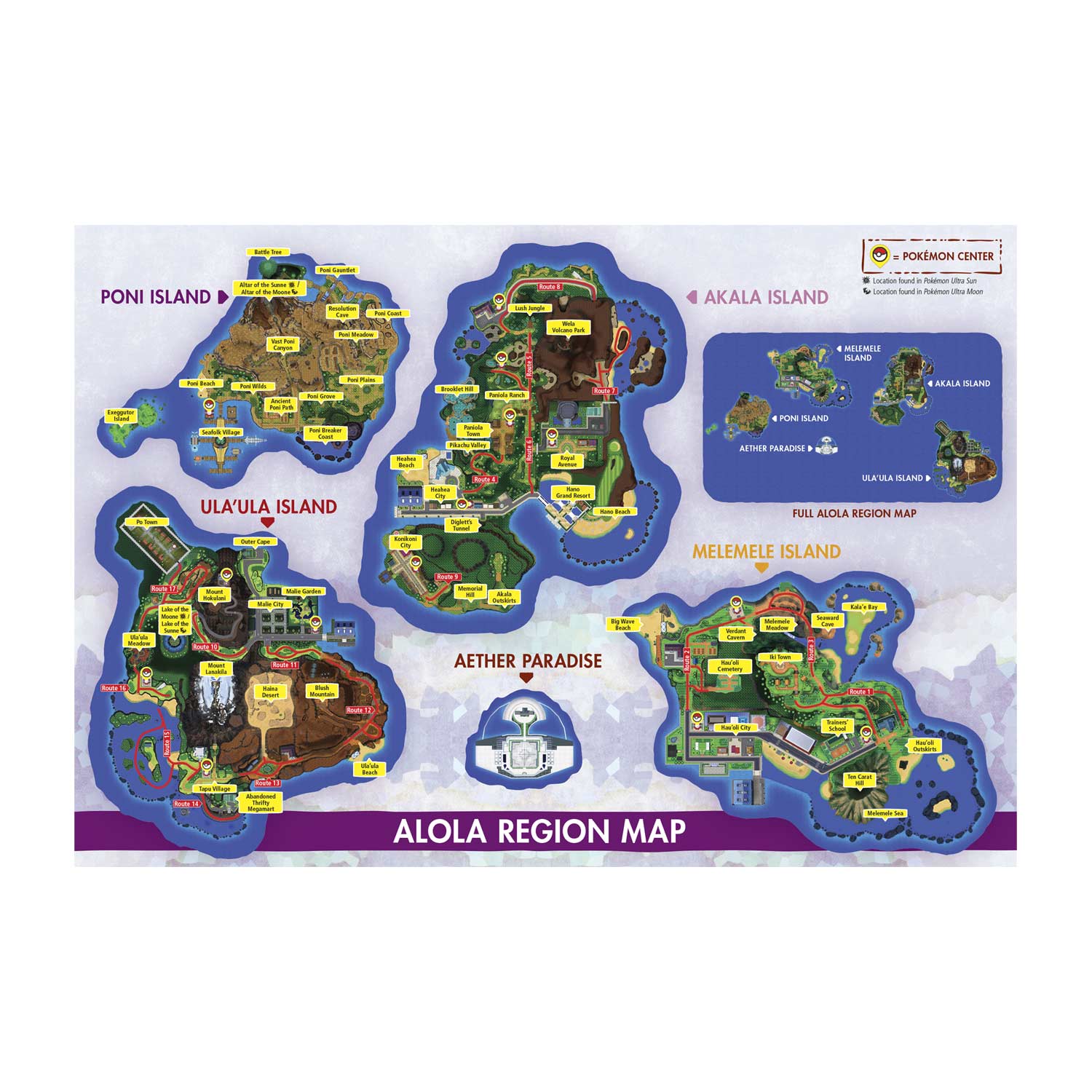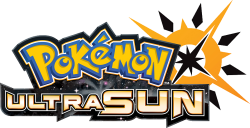

Similarly, Team Skull (the apparent villains of both Sun & Moon as well their recuts), seem to be a tough-looking band of street thugs. If you’ve taken a few years off, you’ll be surprised with how much Pokemon has come into its own. But there were few, if any avenues to play that out. Past games would drone on and on about caring for your Pokémon, about practicing, and developing the emotional connection between animal and human. You exist in the game’s world to solve problems, to help others and to just be a swell person. You, the innocent, starry-eyed adventurer, are a universal good. Like most media for kids, Pokémon leans hard on convention and, more often than not, follows reductive morality. The result is one of the most tightly paced, and rounded outings in the series, setting a new high watermark for the modern crop of children’s collect-a-thons. Aimed at Pokémon obsessives (like ourselves) and those that missed the games when they launched last year, this pair refines what was already a refreshing take on the Pokémon formula.

In much the same way, Ultra Sun and Ultra Moon are the companions, or the director’s cut, of last year’s celestial-themed adventures. This started well back in the late 90s with Pokémon Red, Blue followed closely by their tag-a-long-friend, Yellow. They come packaged in a new game, designed to show them all off. Every few years there’s a new batch of magical creatures with increasingly elaborate traits and skills. For the unfamiliar, Pokémon - both the games and the creatures - come in waves. The success of that trick wasn’t obvious until quite recently as the enduring star power of Pikachu and pals drew new generations into the fold with Pokémon Go and record-breaking sales of the most recent games, Sun and Moon. Rare among decade-bound cultural phenomena, it has somehow made the transition from presumed fad to reliable touchstone.

Fitbit Versa 3įor the past two decades, Pokémon has managed a shocking and precarious balancing act.


 0 kommentar(er)
0 kommentar(er)
